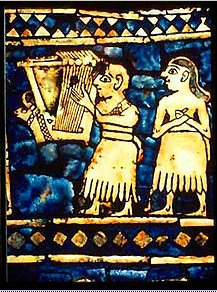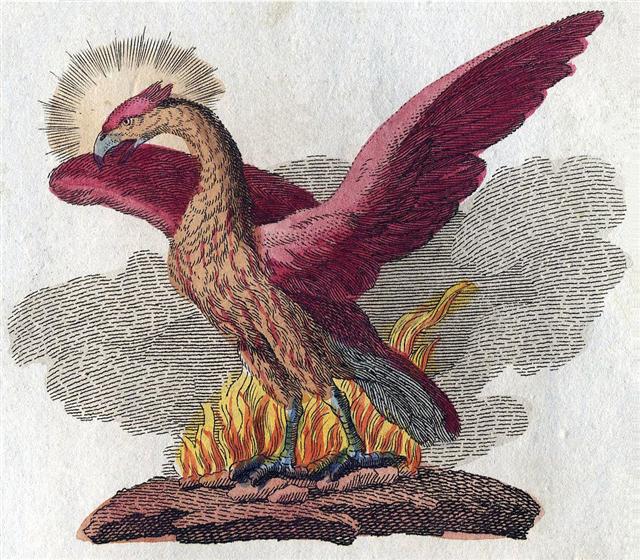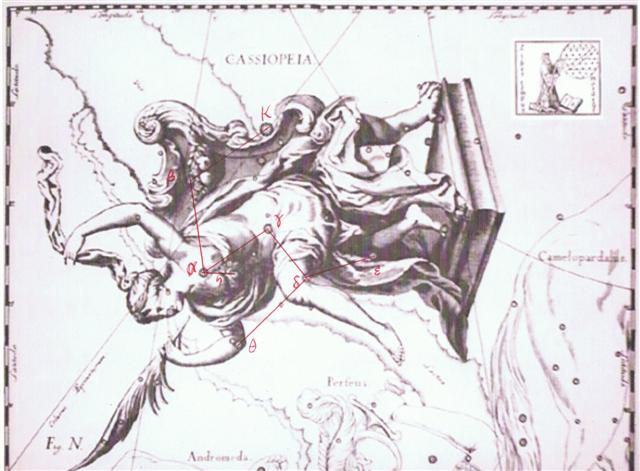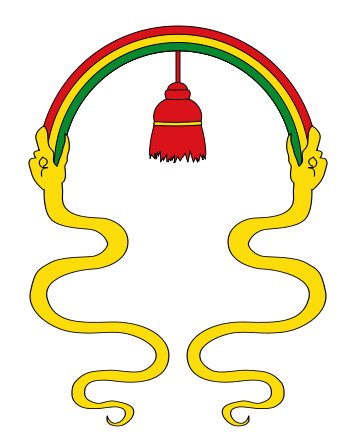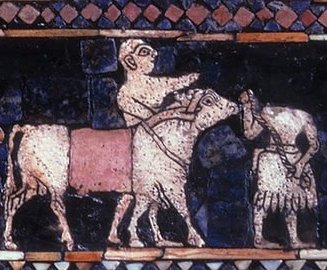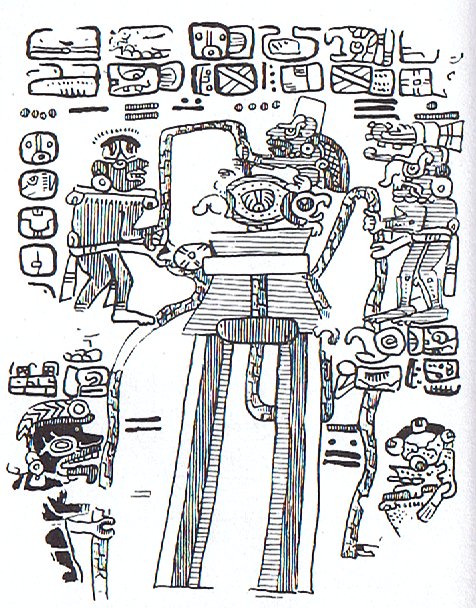203. The form of the mysterious object found in Ur is like a truncated triangle, much elongated into the 3rd dimension:
The bottom panel of the side above seems to depict a time of war.
Maybe the whole of this side illustrated a time of war, because there is also a war chariot at top left and a quarrel in the center of the central panel.
And possibly a war chariot was symbolized by number 64, because we can in the illustration above count to 32 spokes for each wheel. 5 (chariots) * 64 (spokes) = 320 (→ Dramasa, *320, the South Pole star). A chess board carries 32 black and 32 white squares.
War will always be followed by peace, and therefore I will refer to the side above as side a. Side b, in contrast, depicts a time of peace and relaxation, for sitting down and drinking, allowing time to enjoy music:
At top right on side b we have found a harpist.
... (1 Samuel 16:14-23) Saul is troubled by an evil spirit sent by God (some translations euphemistically just describe God not preventing an evil spirit from troubling Saul). Saul requests soothing music, and a servant recommends David the son of Jesse, who is renowned as a skillful harpist and soldier. When word of Saul's needs reach Jesse, he sends David, who had been looking after a flock, and David is appointed as Saul's armor bearer. David remains at court playing the harp as needed by Saul to calm his moods ...
Should we count? This was evidently what was done before the invention of the alphabet - to count what you can see with your own eyes before making a judgement. A first attempt could be to count how many figures we can see. The majority of them seem to be looking towards the right and I will therefore count them in that order:
Rather arbitrary I have used 7 groups, with exception for the bottom panel. Counting seems to begin at bottom left. 6 + 7 + 7 = 20. These numbers could suggest that the top panel on side b should be connected with the cycle of the Sun, because 13 * 20 = 260 days, as in the famous Mayan tzolkin. ... The possibility of some trans-Pacific influence on Mesoamerican cultures cannot... be so easily dismissed. Its most consistent proponent has been David Kelley of the University of Calgary, who has long pointed out that within the twenty named days of the 260-day calendar so fundamental to Mesoamericans... is a sequence of animals that can be matched in similar sequence within the lunar zodiacs of many East and Southeast-Asian civilizations ... 14 for the bottom panel could then imply 14 synodic lunar months. 14 * 29½ = 413 nights. 413 + 260 = 673 = 96 weeks + 1 more day.
And the central panel (on side b) visualizing 18 figures, might then possibly be accounted for by Saturn. His cycle was 378 right ascension days = 54 weeks, and maybe side b illustrates 3 different ways to count the year, in which case 18 = 378 - 360. ... A sidelight falls upon the notions connected with the stag by Horapollo's statement concerning the Egyptian writing of 'A long space of time: A Stag's horns grow out each year. A picture of them means a long space of time.' Chairemon (hieroglyph no. 15, quoted by Tzetzes) made it shorter: 'eniautos: elaphos'. Louis Keimer, stressing the absence of stags in Egypt, pointed to the Oryx (Capra Nubiana) as the appropriate 'ersatz', whose head was, indeed, used for writing the word rnp = year, eventually in 'the Lord of the Year', a well-known title of Ptah. Rare as this modus of writing the word seems to have been - the Wörterbuch der Aegyptischen Sprache (eds. Erman and Grapow), vol. 2, pp. 429-33, does not even mention this variant - it is worth considering (as in every subject dealt with by Keimer), the more so as Chairemon continues his list by offering as number 16: 'eniautos: phoinix', i.e., a different span of time, the much-discussed 'Phoenix-period' (ca. 500 years). There are numerous Egyptian words for 'the year', and the same goes for other ancient languages. Thus we propose to understand eniautos as the particular cycle belonging to the respective character under discussion: the mere word eniautos ('in itself', en heauto; Plato's Cratylus 410D) does not say more that just this. It seems unjustifiable to render the word as 'the year' as is done regularly nowadays, for the simple reason that there is no such thing as the year; to begin with, there is the tropical year and sidereal year, neither of them being of the same length as the Sothic year. Actually, the methods of Maya, Chinese, and Indian time reckoning should teach us to take much greater care of the words we use. The Indians, for instance, reckoned with five different sorts of 'year', among which one of 378 days, for which A. Weber did not have any explanation. That number of days, however, represents the synodical revolution of Saturn. Nothing is gained by the violence with which the Ancient Egyptian astronomical system is forced into the presupposed primitive frame. The eniautos of the Phoenix would be the said 500 (or 540) years; we do not know yet the stag's own timetable: his 'year' should be either 378 days or 30 years, but there are many more possible periods to be considered than we dream of - Timaios told us as much. For the time being the only important point is to become fully aware of the plurality of 'years', and to keep an eye open for more information about the particular 'year of the stag' (or the Oryx), as well as for other eniautio, especially those occurring in Greek myths which are, supposedly, so familiar to us, to mention only the assumed eight years of Apollo's indenture after having slain Python (Plutarch, De defectu oraculorum, ch. 21, 421C), or that 'one eternal year (aidion eniauton)', said to be '8 years (okto ete)', that Cadmus served Ares ... 673 (bottom panel + top panel) + 378 (central panel) = 1051 = 150 weeks + 1 more day. The sum of 45 figures on side b could allude to the regular Egyptian year, because 45 * 8 = 360. ... Nut, whom the Greeks sometimes identified with Rhea, was goddess of the sky, but it was debatable if in historical times she was the object of a genuine cult. She was Geb's twin sister and, it was said, married him secretly and against the will of Ra. Angered, Ra had the couple brutally separated by Shu and afterwards decreed that Nut could not bear a child in any given month of any year. Thoth, Plutarch tells us, happily had pity on her. Playing draughts with the Moon, he won in the course of several games a seventy-second part of the Moon's light with which he composed five new days. As these five intercalated days did not belong to the official Egyptian calendar of three hundred and sixty days, Nut was thus able to give birth successively to five children: Osiris, Haroeris (Horus), Set, Isis and Nepthys ...: Figure number 16 + 1 in the line supposedly alluding to Saturn has no head. He seems to be in charge of a rope, possibly leading from the nose of the preceding bull. 16 * 20 = 320 = 20 * 18 - 45. → Paxi, the Mayan 20-day long month which was beginning 45 days before day 365. → Paximama.
|
|||||||||||||||||||||||||||||||||||||||||||||||||||||||||||||||||||||||||||||||||||||||||||||||||||||||||||||||||||||||||||||||||||||||||||||||||||||||||||||||||||||||||||||||||||||
.jpg)
.jpg)


.jpg)
